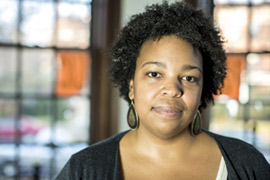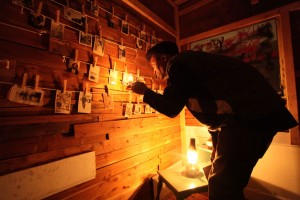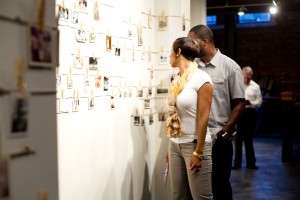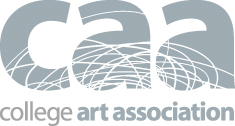The much awaited opening of RISK: Art, Empathy, and Social Practice curated by Amy Mooney and Neysa Page-Lieberman, with curatorial assistance from Marcela Andrade happened last night at the Glass Curtain Gallery! I was able to snag artist and activist Samantha Hill to talk about her participation. It is also of note to mention that for those of you who will be out and about tomorrow, Samantha’s satellite exhibition Topographical Depictions of the Bronzeville Renaissance is on view at the Hyde Park Art Center.
La Keisha Leek: Who is Samantha Hill?
Samantha Hill: Samantha Hill is a transdisciplinary artist from Chicago, IL with an emphasis on archives, oral story collecting, social projects & art facilitations. The focus of my art is to investigate how memory, location and history intersect within society by collecting oral narratives & personal historic ephemera. Public participation is an important component of my artistic process. I invite individuals as well as communities to collaborate with me in developing new work by collecting personal story and/or photography donations. By assuming the role of artist as archivist/Socio-Cultural Anthropologist, I apply my research to construct multi-media installations & performances within landmark buildings and community spaces for public interaction. The location is transformed into an immersive environment, which act as a conductor between the viewer, the narratives/ephemera and location. I foster collaboration with artists from diverse practices as a part of my creative process.
LL: Tell me about your presence in RISK: Empathy, Art and Social Practice and how the work for you ties in to the ideas of empathy and socially engaged art?
SH: My project for RISK is to investigate the current cultural renaissance occurring in Bronzeville. The basis of my work is to collect untold histories of a community to represent to the public in a poetic way. I begin this process by collecting interviews about significant events in a person’s life. I usually ask general questions during my interviews that allow the participant to share details about their life which they believe are important to the project’s theme. I usually discover important details about historic moments by using this interview technique.
I also ask community members to allow me to access their personal photography archives to build conceptual self-portraits of the interview participant. This process allows me to connect with the interviewee to share their stories, memories and philosophies in a multi-media artwork.
LL: I believe it is significant to note the artists in RISK all have Chicago-based practices. What is your Chicago and how has that part of you affected or influenced your work as an artist?
SH: I am originally from Philadelphia, which is a city of neighborhoods. Chicago is also a city of neighborhoods and I have explored several communities since I moved here. Each neighborhood has it’s own culture. I love to interact with people from these communities to discover what engages their interests. These conversations inspire new visual concepts as well as public engagement processes for my work.
LL: As a practicing artist, why do you feel it is important to work in arts education?
SH: As an artist/educator, I have an opportunity to conduct engaging discussions about the construction of visual culture with my students. This allows my students to evaluate the significance of how information is transmitted to the public and how the arts are an integral part of that system. My goal as an instructor is to inspire my students to add their creative concepts and philosophies to visual culture to contribute to the exchange of ideas.
LL: What exhibitions or programs going on during CAA would you recommend to conference attendees?
SH: Jan Tichy: aroundcenter, a site-specific exhibition composed of nine installations, each of which stands on its own, yet at the same time relate, deriving from and leading to the others. Through this exhibition, Tichy will lead visitors to a more integrated experience of the Chicago Cultural Center, including access to unrevealed areas and resources of the building. Using light as his primary expressive tool – through a variety of media including photography, sculpture, video and video projection – Tichy illuminates and makes accessible the history and current mission of the landmark building.
The much awaited opening of RISK: Art, Empathy, and Social Practice curated by Amy Mooney and Neysa Page-Lieberman, with curatorial assistance from Marcela Andrade happened last night at the Glass Curtain …




